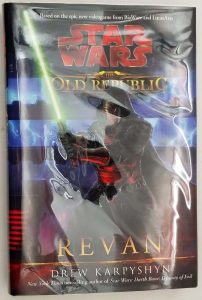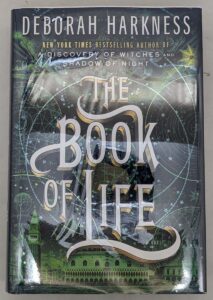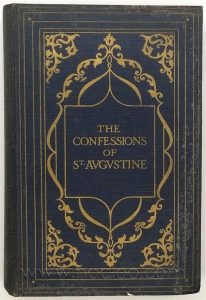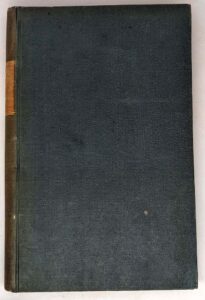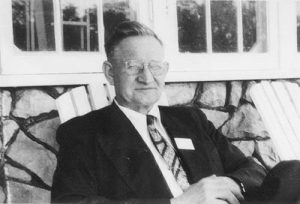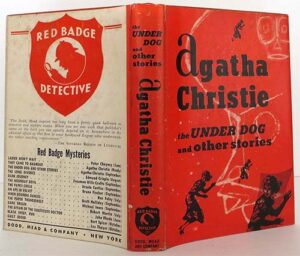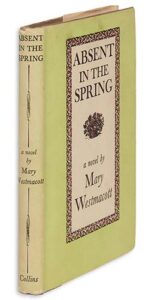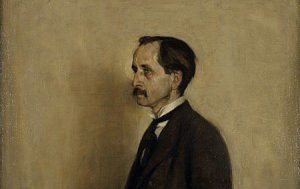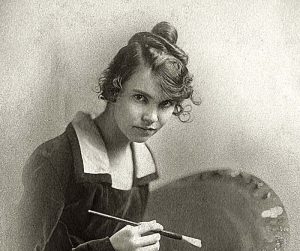Jacob Grimm: German Author, 1785-1865;
Wilhelm Grimm: German Author, 1886-1859.
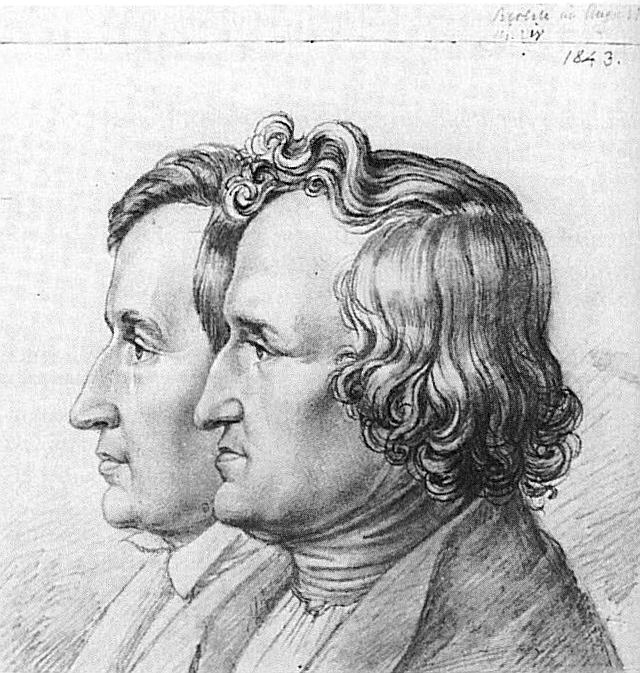
Jacob: German Author, 1785-1865; Wilhelm: German Author, 1886-1859. The brother Jacob and Wilhelm Grimm, German scholars, philologists tors, and editors, are best remembered for Kinder-und Hausmarchen (KHM), translated under the titles Nursery and Household Tales or German Popular Stories and commonly known in English as Grimm’s Fairy Tales. Originally, these stories were not published for children; the Grimms began collecting them as part of a scholarly study on the history of the German language and oral traditions.
The first volume of the first edition was published in 1812, was not illustrated, containing 86 stories. The publication of Kinder-und Hausmarchen caused no particular stir in literary circles. In fact, several critics labeled the stories boorish and declared them an insignificant pursuit for serious scholars. In spite of such criticism, the tales were enthusiastically received in Germany and abroad.
The second volume of 70 stories followed in 1814 represents a collection of over two hundred stories and legends. In these editions are such favorites as “The Frog Prince,” “Hansel and Gretel,” “Rapunzel,” “The Musicians of Bremen,” “Snow White and the Seven Dwarfs,” “Rumpelstilskin,” and “The Twelve Dancing Princesses.”
For the second edition, two volumes containing the KHM texts were issued in 1819 and the Appendix was removed and published separately in the third volume in 1822, totaling 170 tales.
Not until the Grimms saw the first English translation (1823), with its famous illustrations by George Cruikshank, did they design an edition for younger readers. The third edition appeared in 1837; fourth edition, 1840; fifth edition, 1843; sixth edition, 1850; seventh edition, 1857. Stories were added, and also subtracted, from one edition to the next, until the seventh held 210 tales. Some later editions were extensively illustrated, first by Philipp Grot Johann and, after his death in 1892, by German illustrator Robert Leinweber.
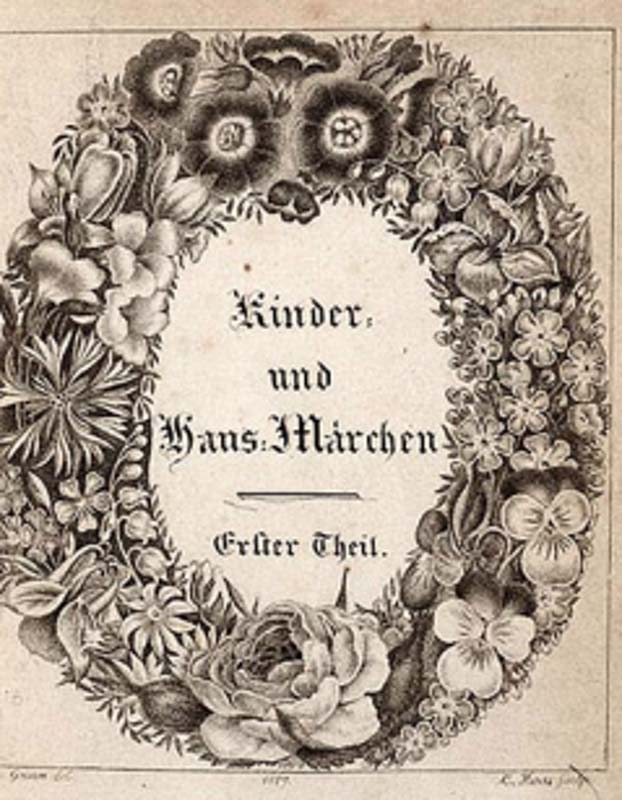
A unique relationship existed between the Brothers Grimm, who remained remarkably close throughout their lives. Although their personal temperaments and intellectual pursuits differed, they worked together their entire lives, collecting stories for their book of fairy tales. Born near Frankfurt, they attended the same gymnasium and university, and both taught at Gottingen University.
Jacob studied language, but Wilhelm was more interested in collecting folktales. Sources for these tales were often close to home. Wilhelm’s wife and sisters were fluent storytellers; “Hansel and Gretel” was among the stories they contributed. A family nurse recounted the tale of “Little Red-Cap,” a version of “Little Red Riding-Hood,” and “Little Briar-Rose,” an analogue of “The Sleeping Beauty.” Wilhelm’s research j included letters to friends asking about folktales, songs, and legends in the oral tradition.
The Grimms’ tales have all the elements of popular literature: The characters are universally appealing, and plots are recounted with spellbinding quality. The children in the stories, though often dispossessed, fend for themselves and eventually find love and happiness. In these stories, foolhardy souls and humbled heroes accomplish impossible tasks while retaining—or regaining—humility, moral standards, and tenderness.
A unique combination of fantasy and reality, the stories have stood the tests of taste and time; not only do they entertain, but they activate imagination, offer solutions to problems, promote confidence, and generally enrich their readers’ lives.
Numerous versions of the fairy tales exist, but several are exceptional. Notably Grimm’s Fairy Tales, illustrated by Arthur Rackham(1909). The Juniper Tree and Other Tales from Grimm (1973), edited by Lore Segal and translated by Segal and Randall Jarrell, is illustrated with some of Maurice Sendak’s finest work. European and American artists have illustrated individual stories: Nancy Ekholm Burkert’s Snow White and the Seven Dwarfs (1972) and Gennady Spirin’s Snow White and Rose Red (1992) are mesmerizing in mood, meticulous in detail, and vibrant in color.
S.L.
Source: Children’s Books and their Creators, Anita Silvey &Wikipedia
